A Look at Marathi Rajbhasha Din and Beyond
Every year on February 27th, Maharashtra observes “Marathi Rajbhasha Din” (Marathi Language Day) to honor the rich heritage and significance of the language. This day also happens to be in celebration of the ascription of the famed Marathi poet, Kusumagraj (alias Vishnu Vaman Shirwadkar), whose concerted efforts paved the way for the esteem and development of their language.
While “Marathi Rajbhasha Din” is an event to show the recognition of Marathi as the official language of Maharashtra, it in a winder way also serves as a broader reminder of the language’s historical and cultural importance.
A Journey Through Time
Marathi, an Indo-Aryan language spoken by over 83 million people worldwide, traces its roots back to Maharashtri Prakrit, a language spoken in ancient India around the 6th century BCE. Over centuries, it evolved and absorbed influences from Sanskrit, Persian, and Arabic, shaping its unique linguistic identity.
Marathi literature enjoys a rich legacy of famous works, for instance, the poetic masterpiece “Jnaneshwari” written by Sant Dnyaneshwar in the 13th century, and the modern writings of authors like Pu La Deshpande and Arundhati Roy. These literary icons do more than to the language, widening its realm of meanings from philosophy and religion to social commentary and hindsight viewpoints.
Celebrating the Language’s Official Status
The struggle for Marathi’s official recognition was a long and arduous one. After India’s independence in 1947, English remained the dominant language in administration and education. However, Marathi speakers, led by figures like Kusumagraj, tirelessly advocated for their language, culminating in the formation of a unified Marathi-speaking state, Maharashtra, in 1960.
On May 1st, 1965, the “Maharashtra Rajbhasha Adhinियम (Act)” (Maharashtra Official Language Act) declared Marathi as the state’s official language. This marked a significant milestone in the history of the language and its speakers.
Looking Beyond Official Status
While “Marathi Rajbhasha Din” celebrates the official recognition of the language, it also serves as a call to action to preserve and promote Marathi in the face of contemporary challenges. Globalization and the dominance of English in various spheres pose potential threats to the language’s continued vitality.
To ensure its survival and growth, several initiatives are underway. These include promoting Marathi in educational institutions, encouraging its use in various media platforms, and supporting the creation of new literature and art forms in the language.
A Celebration of Identity and Community
“Marathi Rajbhasha Din” is not just about the language itself; it also signifies the cultural identity and community spirit associated with it. This day brings together people from diverse backgrounds who share a common love for their language. It provides an opportunity to celebrate Marathi’s rich heritage, appreciate its contributions to Indian literature and culture, and reaffirm the commitment to its preservation and growth.
As the world becomes increasingly interconnected, celebrating languages like Marathi becomes even more important. It allows us to appreciate the rich tapestry of human languages and the unique cultural expressions they carry. “Marathi Rajbhasha Din” serves as a reminder of the importance of linguistic diversity and the need to protect and nurture languages that hold immense cultural significance for their communities.





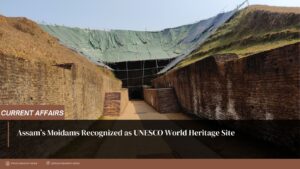

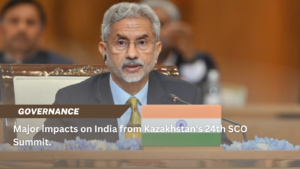
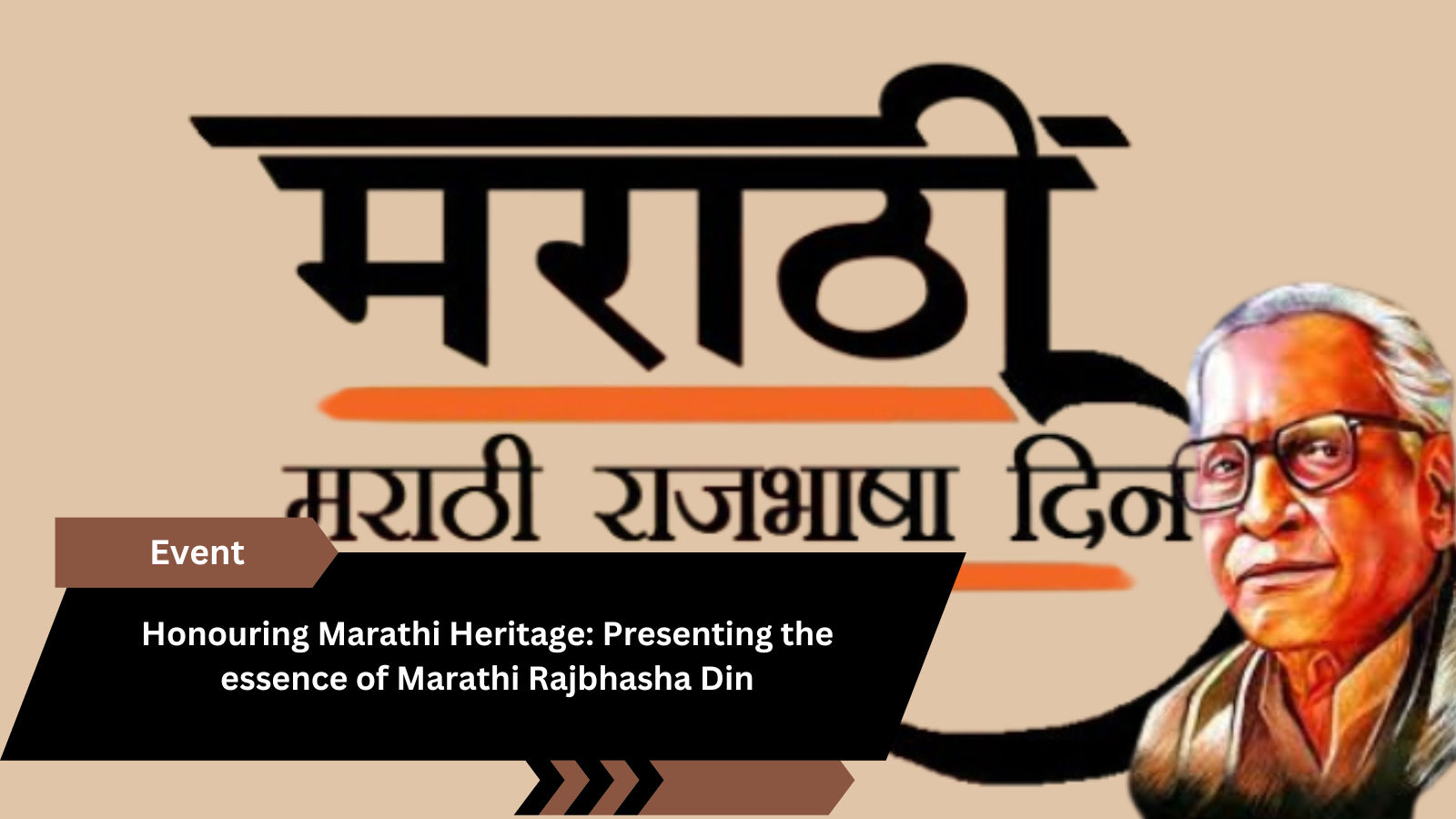







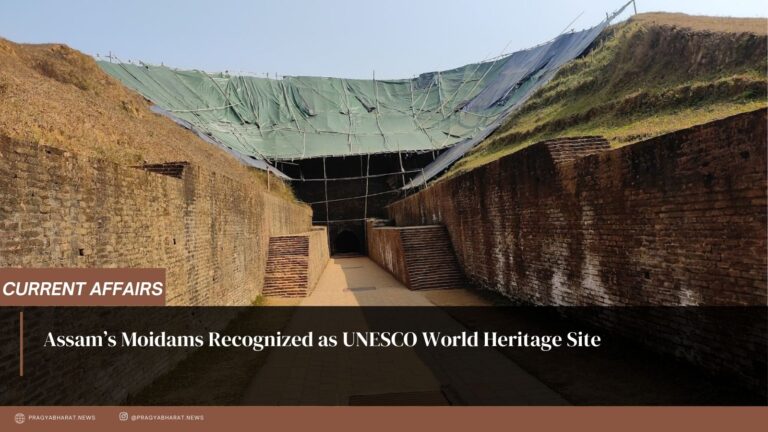
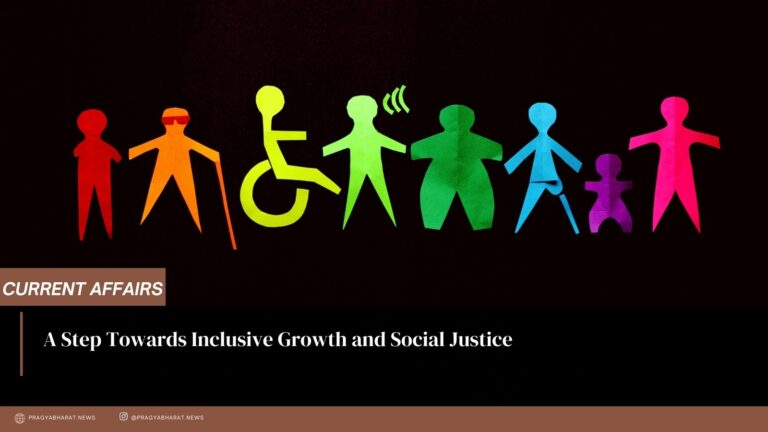
+ There are no comments
Add yours